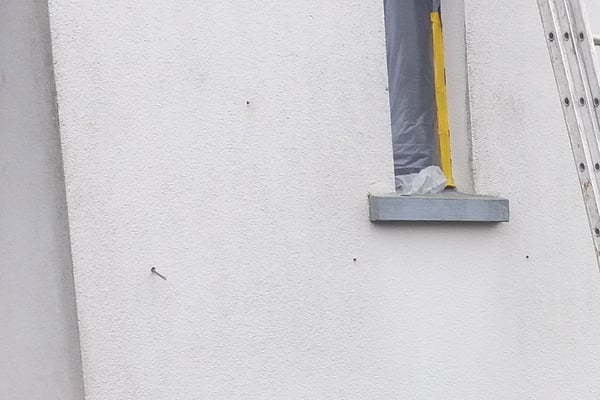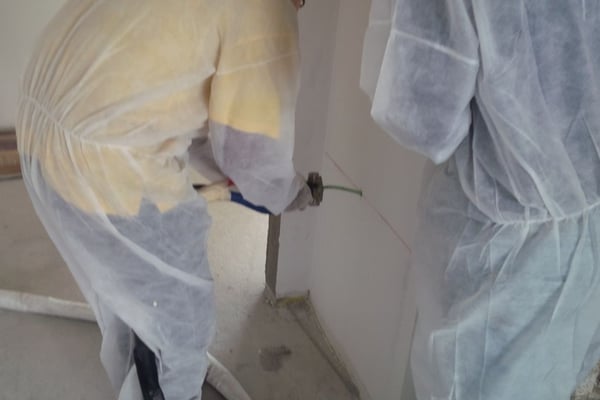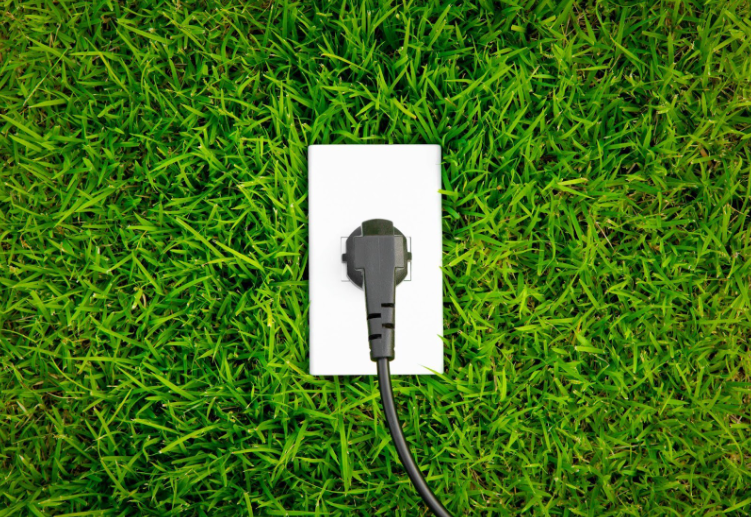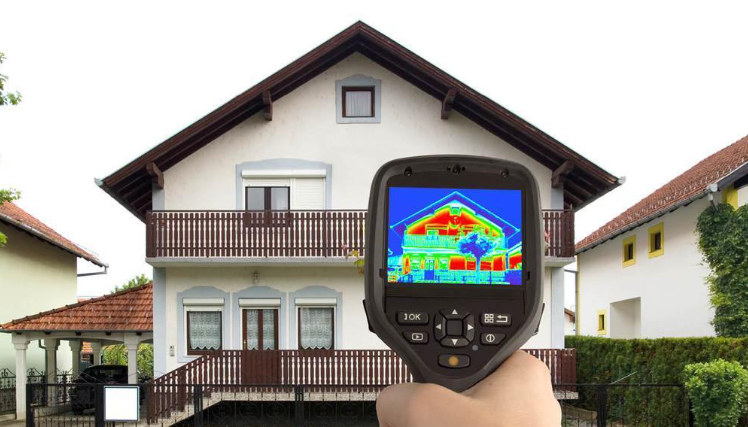In order to apply the sprayed polyurethane foam correctly, we should take a series of factors into account, ranging from atmospheric conditions to different types of of substrate and their temperature and water content.
Surfaces must be clean, dry and free of dust and grease to ensure the good adhesion of polyurethane foam to the substrate; if the substrate is metallic, the surfaces must also be free of rust. To ensure good adhesion on metallic substrates, it is recommended to use a suitable primer. The recommended minimum temperature of the substrate during spraying is 5ºC.
The coating thickness is perfectly controllable and can be modified by altering the application speed and/or mixing chamber of the gun. It should be noted that the lower the number of layers applied to achieve a certain thickness, will achieve a higher density foam, achieving better thermal properties. When applying a very large thickness, the applicator must apply in thinner layers rather than one thick layer, and must allow time for the spray foam applied to cool between adding each layer to prevent high exothermic reactions, which would influence the quality of the foam. The information on maximum thickness per layer is in the TDS (Technical Data Sheet) for that product.

UV protection
Sprayed polyurethane foam applied in situ has an excellent behaviour against atmospheric agents (water, extreme temperatures, wind, ...). It is only attacked by long-term exposure to ultraviolet radiation, contained, for example, in direct sunlight.
This attack causes the destruction of the polyurethane surface, resulting in a dusty appearance on the surface of the foam. This attack produces a decrease in thickness at a rate of 1 or 2 millimeters per year, depending on the combined effect of rain and wind, being lower during the first year thanks to the presence of the external skin of the foam, a layer of high density polyurethane.
To avoid this action, exterior applications must be coated with specific materials such as polyurethane elastomers, polyurethanes, paints or any other specific coating for exterior use. These protections, like any other material, must be monitored for their conservation and maintenance. In the case of partially degraded foams, sanitizing must be carried out by means of a barbed brush or water under pressure and the subsequent application of a new layer of polyurethane foam and the suitable surface protection.

Prevention of cracking by expansion joints
In the polyurethane foam that is directly applied on expansion joints, cracks may occur due to the movement of the substrate by expansion or contraction. This effect is especially important in decks or terraces where cracking can break the waterproofing. It is easily avoidable if, at the time of the application, the proper precautions are taken by treating the joint properly.
Although polyurethane foam does admit some permanent deformation, the stresses generated by the effects of expansion-contraction on very wide joints, from 2 to 4 cm, cannot be absorbed by the foam. The way in which these stresses can be absorbed is to distribute them, minimizing their effects, by installing an elastic separating membrane, for example, made of synthetic rubber with a width of 30 cm, and applying polyurethane on top of it.











